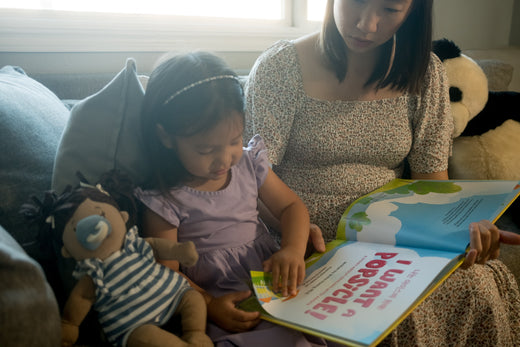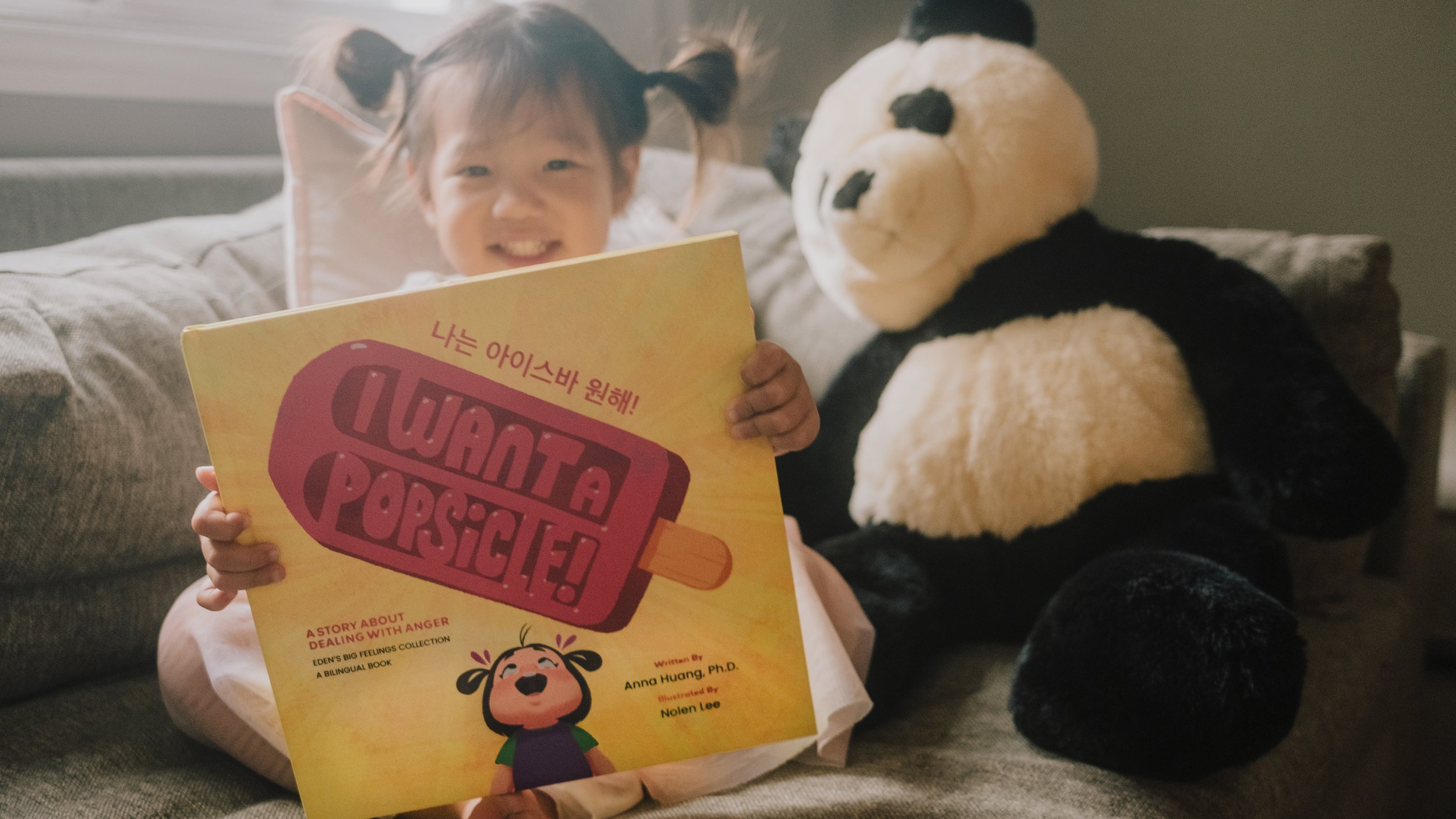
Why Reading Books About Feelings Matters for Toddlers
As both a psychologist and a mother, I understand how challenging it can be to help toddlers handle big feelings. One moment they’re giggling, and the next they’re on the floor in tears, overwhelmed with frustration. It’s natural to feel at a loss—how can we as parents help our toddlers understand and express these big emotions? One of the most effective ways I’ve found, both in my work and at home, is through reading children’s books about feelings. Books can open the door to gentle, meaningful conversations with toddlers and show them that emotions, even intense ones, are a normal part of life.

Why Helping Toddlers Understand Emotions is Important
In my practice as a psychologist, I see how essential it is for people to start learning about emotions from an early age. When young children are able to recognize and name their feelings, they’re better equipped to manage big emotions like sadness, anger, and frustration. Developing this emotional awareness helps toddlers build key social skills, make friends, and understand empathy. As a mom, I’ve also seen the positive impact that understanding emotions has on my own child’s confidence and ability to handle tough situations.
When we teach toddlers to understand emotions early, we’re laying a foundation for healthier relationships and a better ability to handle stress as they grow. Toddlers who can express emotions like “I’m sad” or “I feel mad” are less likely to act out or bottle up their feelings. This is something every parent wants for their child—a healthy way to understand and express emotions.
The Power of Children’s Books in Teaching Toddlers About Feelings
Children’s books about feelings are a wonderful way to introduce toddlers to the concept of emotions. Through stories, toddlers can experience and understand feelings in a way that’s safe and relatable. They see characters feeling happy, frustrated, or disappointed, and begin to understand that these emotions are something we all feel.
When you read books about emotions with your child, you’re teaching them that it’s okay to talk about their feelings. This can make a big difference in helping toddlers feel more comfortable sharing their emotions with you, which helps you connect with them on a deeper level. If you’re a parent who, like me, didn’t learn a lot about feelings growing up, then reading these books is educational for you too! I often find myself being reminded by children’s books about how to allow feelings to come up and be processed.

Practical Tips for Reading Children’s Books About Feelings
If you’re wondering how to get the most out of reading books about feelings with your toddler, here are some practical tips:
-
Ask Open-Ended Questions: During storytime, ask questions like, “How do you think this character feels?” or “What would you do if you felt this way?” This encourages your toddler to think about emotions and relate them to their own life.
-
Connect the Story to Real Life: When your child is experiencing a big emotion, refer back to a character in the book. For example, “Remember how the character in the story felt frustrated? It’s okay to feel that way sometimes!” This makes the connection between emotions in stories and real-life feelings.
-
Repeat for Familiarity: Toddlers love repetition, and it’s essential for learning. Reading the same story multiple times helps toddlers feel more comfortable with the emotions they see in the book and teaches them to express their own feelings. This also helps me when I have to read the same Daniel Tiger story for the 65th time.
How I Want A Popsicle! Helps Toddlers Talk About Emotions
Our bilingual children’s book, I Want A Popsicle!, is designed specifically to help families talk about big emotions with their toddlers. I Want A Popsicle! uses simple language that’s easy for toddlers to understand, and it’s written in two languages, making it perfect for bilingual families who want to introduce emotional vocabulary in both languages.
In the story, a young child faces the frustration of not getting what they want right away—something every toddler can relate to! The book gently guides children through the experience of feeling upset and learning that it’s okay to feel disappointed. As a mother, I know how helpful it can be to have a tool like this to start conversations about big feelings. Reading I Want A Popsicle! is more than just a bedtime story; it’s an opportunity for families to connect and learn how to talk about emotions together.

Conclusion: Helping Your Toddler Grow Emotionally Through Reading
Helping toddlers understand and express their emotions is one of the greatest gifts we can give as parents. As a psychologist, I know how much this early foundation in emotional awareness benefits children in the long run, and as a mom, I see the immediate impact it has on my own child. Books like I Want A Popsicle! offer a simple, approachable way to explore feelings together, especially for families who want to teach emotions in a bilingual setting.
If you’re looking for more resources to help your child grow emotionally and learn about feelings, be sure to check out our other blog posts. Navigating emotions is a big part of life, and with the right tools, you can help your toddler learn to handle their feelings with confidence and resilience. Happy reading!
